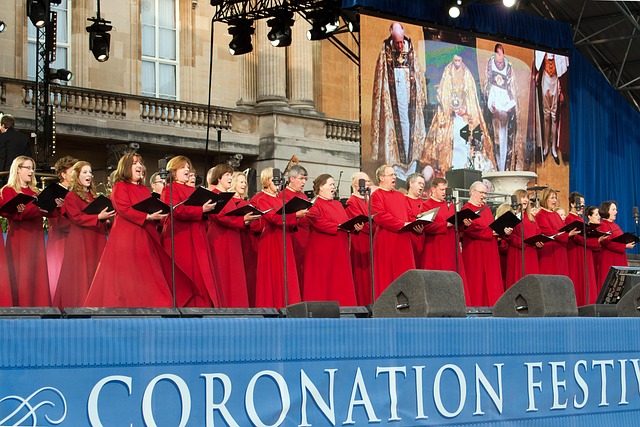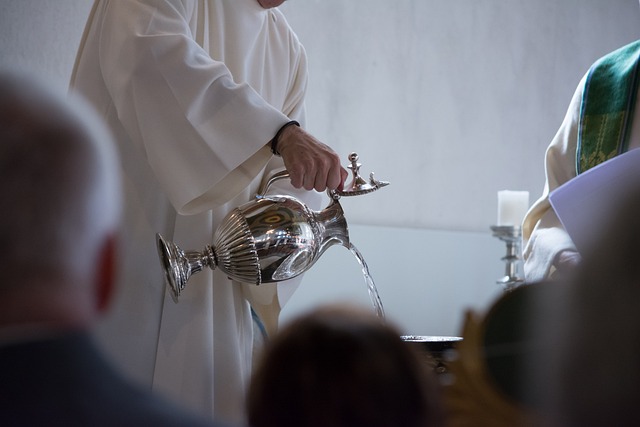Throughout history, religious rituals have served as a cornerstone for communities, bringing people together in shared belief and practice. At the heart of many of these rituals lies the concept of vestment, which is more than just a piece of clothing; it embodies a significant spiritual meaning and connection. Vestment plays a crucial role in the way rituals are perceived, performed, and participated in.
In religious contexts, vestments are often intricate garments worn by clergy and leaders during ceremonies. These garments not only signify the authority and role of the wearer but also serve to elevate the sacredness of the ritual itself. The colors, fabrics, and designs of the vestments are carefully chosen to reflect the specific themes of a ceremony, aligning with the spiritually charged atmosphere intended for worship. For instance, white is often associated with purity and celebration, perfect for occasions such as weddings and baptisms, while purple signifies penitence during Lent.
The act of donning vestment is a sacred ritual in itself, often accompanied by prayer and reflection. This moment allows the individual to transition from their everyday identity into a role that transcends the mundane, facilitating a deeper connection to the divine. When clad in vestments, the clergy becomes a vessel through which the faith community experiences a transformative ritual, guiding the congregation into a shared spiritual space.
Moreover, the significance of vestments extends beyond the clergy, creating a visual and emotional experience for the congregation. Observing these beautifully crafted garments can evoke a sense of awe and reverence in worshippers, reinforcing the importance of the rituals being performed. It invites participants to engage more deeply, bridging the earthly and the heavenly. The colorful fabrics can spark joy, while the somber tones may incite reflection, catering to the emotional landscapes of those present.
Furthermore, different faith traditions have unique vestment styles that reflect their rich histories and cultural backgrounds. For example, in the Christian tradition, the elaborate chasubles and stoles worn during Mass tell stories of theological significance and communal values, while in Eastern religions, beautifully embroidered robes may symbolize the wearer’s spiritual journey. These garments not only serve aesthetic purposes but also provide a narrative that fosters a sense of belonging and identity within the faith community.
In essence, vestments are not mere accessories; they are powerful symbols of faith that enhance the experience of rituals. They help articulate the beliefs of a faith community, reminding adherents of their spiritual journey and collective identity. As rituals unfold, the vestments worn by leaders become focal points, drawing attention to the sacred acts being performed and the messages being conveyed. This potent interplay between garment and ritual highlights the profound understanding that every piece of fabric is imbued with layers of meaning, history, and connection to the divine.
The importance of vestments in religious rituals is thus a testament to how clothing transcends mere functionality; it encapsulates the essence of belief and the shared experiences of a community. When engaged collectively, these rituals—augmented by the beauty and significance of vestments—become timeless expressions of faith, compassion, and unity.



